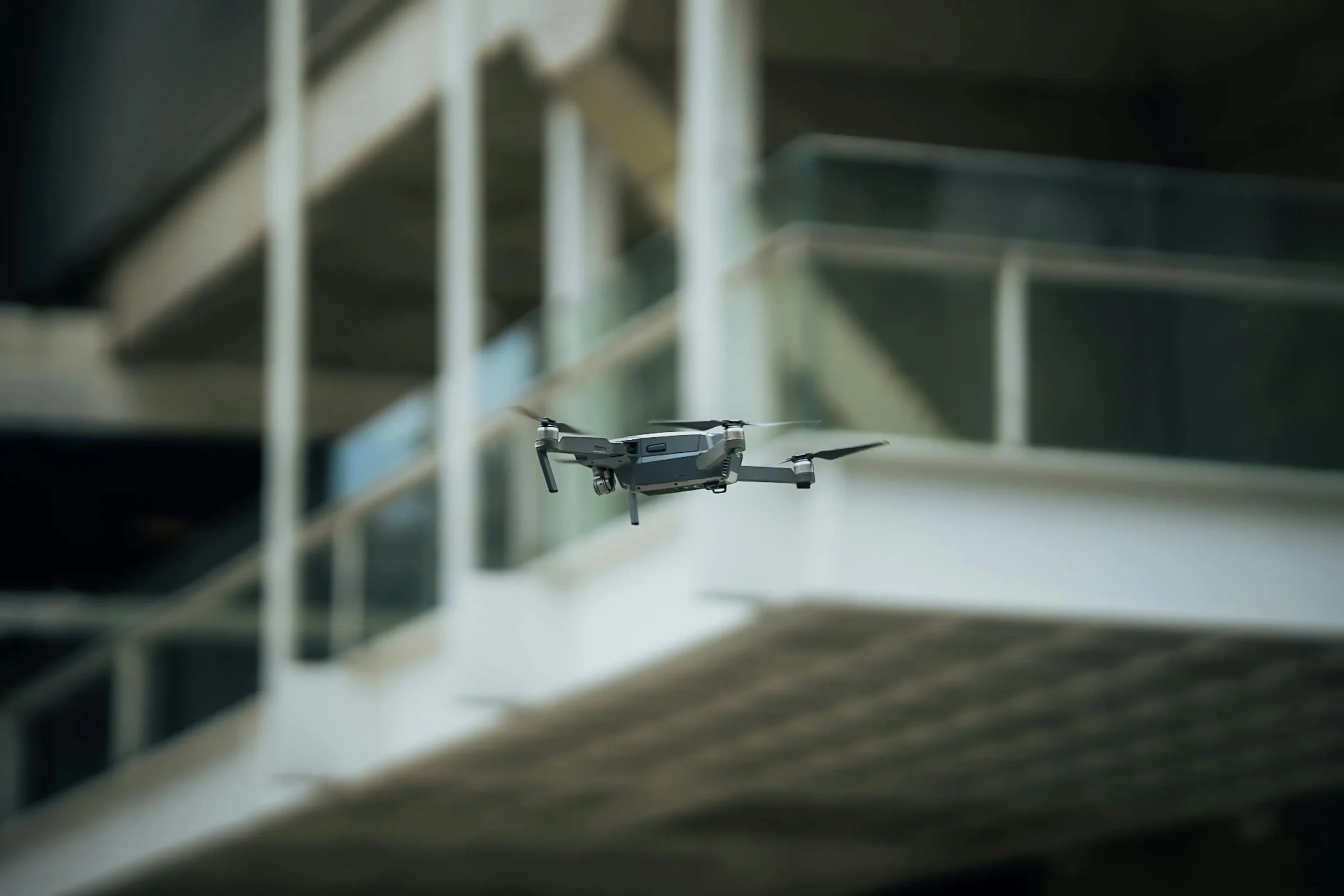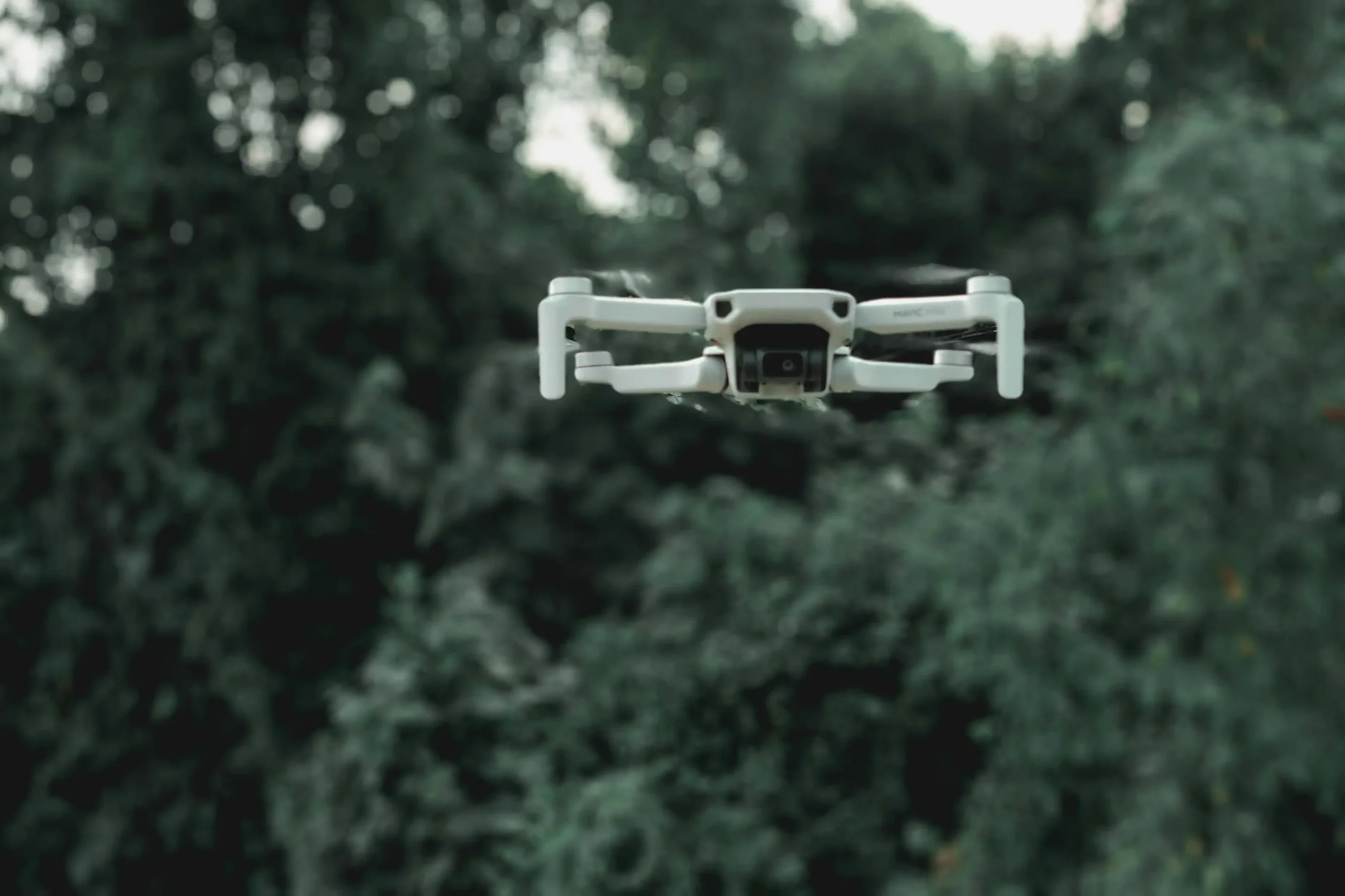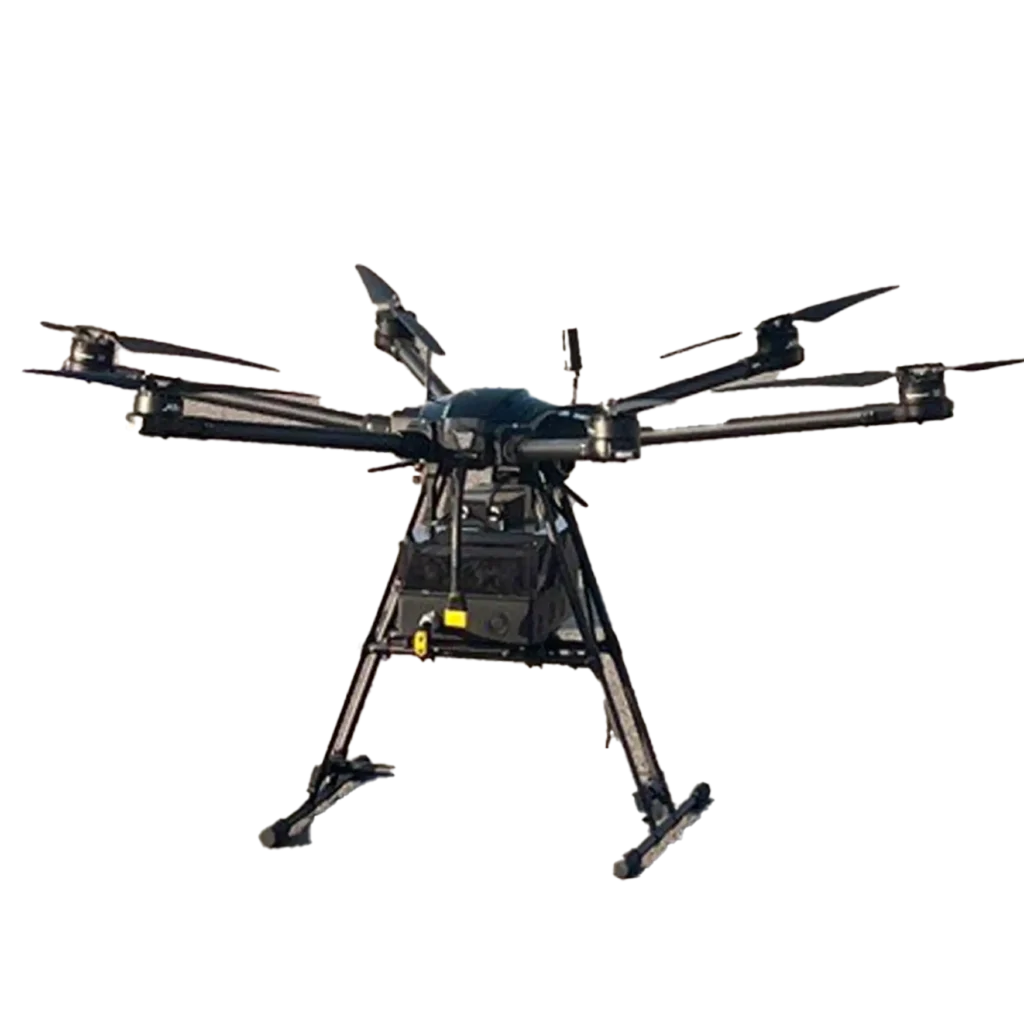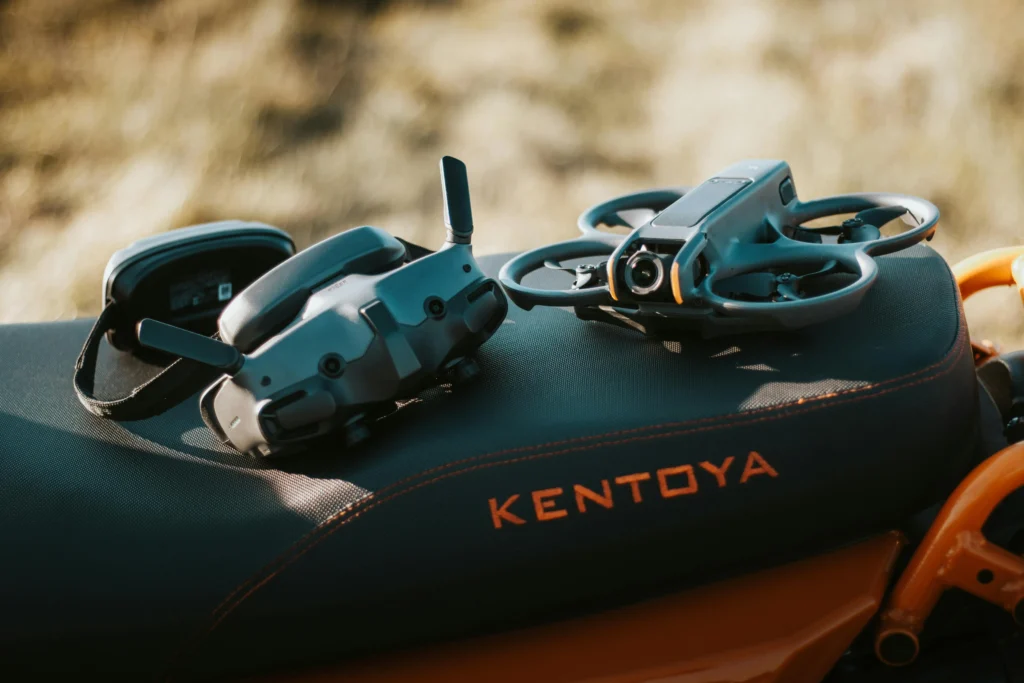Introduction
In the last decade, the significant growth of unmanned aerial vehicle (UAV) technology and its widespread use in fields such as agriculture, surveying, security, relief, and military industries has doubled the need to develop legal and technical frameworks for the manufacture of this equipment. Understanding key concepts of the aviation industry and becoming familiar with engineering requirements, necessary permits, and international standards is an important step in the sustainable and safe development of this industry.
The importance of following the rules in drone construction
Due to their operation in airspace, drones are under the supervision of flight safety-related institutions. Compliance with construction and design rules is not only legally binding, but also plays an important role in reducing flight risks, increasing the useful life of equipment, and maintaining public safety.
The most important reasons for complying with these rules are:
- Avoiding interference with commercial and military flights
- Ensuring structural stability and safety
- Preventing damage to the environment or infrastructure
- Increasing export capabilities and obtaining international licenses

Key concepts in UAV airframe design
Building a drone requires a thorough understanding of aerospace engineering concepts, flight mechanics, and electronic design. Some of the main concepts are:
- 1. Aerodynamics
The drone structure must be designed to provide maximum stability and efficiency against air resistance. The use of lightweight and durable materials such as carbon fiber and polyclase is important in the design of the arms, body, and propeller.
- 2. Payload-to-Thrust Ratio
This index determines how much the engine and propeller are capable of carrying a payload. Its precise calculations during the design phase are essential to prevent collapse or excessive stress on the motors.
- 3. Center of mass and dynamic stability
In multi-rotor drones, the weight distribution and position of components must be such that the center of mass is located exactly on the flight axis to achieve stable and controllable flight.
Legal framework for drone manufacturing in Iran
In Iran, laws related to the design, production, and operation of drones are regulated by institutions such as the Civil Aviation Organization, the Presidential Vice-President for Science, and the Ministry of Defense and Armed Forces Support. Some key permissions include:
- License to design and manufacture drones from the Civil Aviation Organization
- Registration and numbering of drones for flying in urban areas
- Obtaining flight safety approval from competent centers
- Obtaining export licenses or participating in research projects
International standards
To produce exportable drones or participate in international projects, it is essential to comply with global standards. Some of the most widely used standards are:
EASA UAS regulations (European Union): Drone regulations at European level
ASTM F38: Unmanned Systems Equipment Standard
ISO 21384: General requirements for unmanned aerial vehicle systems
FAA Part 107 (United States): Rules for commercial drone operation
Step-by-step process for building a legal flying structure
Need and usage analysis: First, the type of use of the drone must be determined (mapping, monitoring, cargo, etc.)
Preliminary structural design and material selection: Using CAD software for accurate modeling
Force analysis and virtual flight testing with software such as XFLR5, ANSYS or SolidWorks
Prototyping using 3D printing or CNC methods
Conducting initial ground and flight tests
Preparing technical documentation for obtaining legal permits
Mass or semi-mass production with quality control

Common challenges in the drone industry
Strictness in issuing flight permits
Lack of specific national standards in some countries
Restrictions on import or export of parts
Safety issues in busy urban areas
Complexity in flight dynamics analysis for complex models such as hexacopters
Conclusion
The design and construction of drone aerial structures is more than just an engineering project. This process requires a deep understanding of aviation industry concepts, strict adherence to national and international regulations, and the use of modern analysis and simulation tools. Adherence to these principles not only ensures the safety and efficiency of the flight system, but also paves the way for growth in domestic and global markets.


